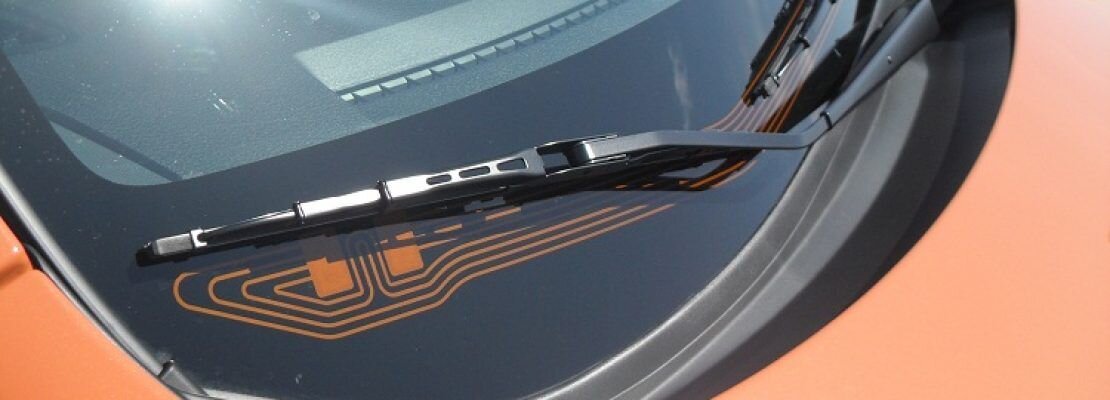Frequently Asked Questions | Common Auto Glass Features
Glass Features
We utilize a two-part VIN verification process to determine features associated with models, trims, and production dates.
VIN decoders assist us in the process of associating the correct replacement parts that correspond with OEM part ID(s) for your vehicle.
Does your vehicle have a Technology Package?
If you are unsure whether your vehicle is equipped with a specific sensor or package, ensure your VIN # is provided, and we’ll verify with your vehicle manufacturer.
Adaptive Cruise Control
Anti-Lock Brakes
Forward Collision Warning
High Beam Safety System
Lane Departure Warning
Lane Keep Assist
Heads-Up Display (HUD)
Factory Privacy Tint
Auto-Dimming (Electrochromic) Rearview Mirror
Camera Mounts
GPS
Manufacturer/Model Logos
Colored Shade Bands (Blue or Green)
Traffic Signals Recognition
List of Common Features:
Rain Sensor
A rain sensor is a feature found in many modern vehicles. It is a device attached to the front windshield which detects moisture (rain, snow) on your glass. This embedded sensor allows the vehicle to automatically turn on and adjust its windshield wipers. How do I know if I have a rain sensor? It’s easy, when moisture is detected, your wipers will turn on automatically.
Video Guide | Rain Sensor
Lane Departure Warning System
Lane departure warning systems (LDWS), located on the windshield will notify the driver when they are drifting between lanes without using the signal light. It uses a camera that analyzes the vehicle’s position within the lanes on the roadway and is typically located on the glass behind the rearview mirror. It may beep, show a picture on the vehicle’s navigation system, and/or light up an indicator on the dashboard when activated.
Forward Collision Alert System
Forward collision alert systems (FCA) automatically engage the vehicle’s braking system when the forward-facing sensors detect an object in close proximity. Most vehicles will begin beeping prior to engaging the brakes to alert the driver. Most anti-collision features rely on the sensors embedded in the windshield to determine safe distances and pre-crash avoidance.
Video Guide | Lane Departure Warning System
Heads-up Display (HUD)
Some vehicles project information onto the windshield (such as speed, temperature, navigation instructions, etc.) keeping the driver informed while allowing them to keep their eyes on the road. Heads-up displays typically require a specific portion of the glass nearest to the steering wheel which allows proper image projection upon the interior of the glass.
Video Guide | Heads Up Display (HUD)
Electrochromic Mirror
An electrochromic mirror is one that has electrical components and automatically adjusts to night driving conditions. The easiest way to determine if you have an electrochromic mirror is if you have any of the following; a digital compass in the mirror, Homelink, buttons, a black wire covering extending out the rear, or if there is just a conventional ‘flip tab’ coming out of the bottom and no electrical connection.
Heated Wiper Park Area
Otherwise, known as an electrically heated laminated glass, the heated wiper park area is a common feature found on vehicles equipped with a cold-weather package. The heating element is a series of lines that run underneath the area where your wipers sit. You may or may not have a de-icer button inside to manually turn them on. However, the sensors are visible as they provide direct contact to the underside of the windshield wipers themselves. They are often not too easy to find at a distance but upon closer examination, they should be visible.
Video Guide | Heated Wiper Park Area
Blind Spot Monitoring
Most vehicles equipped with pedestrian and lane detection systems also have sensors that provide indicators on your side-view mirrors. The blind-spot monitoring system will light up whenever there is a vehicle in a potential blind spot.
Windshield Third Visor
“Third Visors” are disguised as a black speckled “frit” shading in your windshield behind your rearview mirror. Located in the top middle of your windshield between your fold-down visors, it is designed to keep the sun out of your eyes and should not be confused with the shade band.
Solar Windshield Glass
All automotive replacement glass is made of either tempered or laminated glass comprising of two glass sheets bonded together. Laminated front windshield glass is constructed with a plastic interlayer. Most modern high-quality replacement glasses are solar controlled and designed to block energy from the sun. In a solar-controlled front windshield, this interlayer is replaced with a heat absorbing interlayer that prevents the transfer of heat, protects your eyes, resists interior fading, and helps keep your vehicle cool. Tempered passenger door glass and rear windshields are tinted to reduce the transfer of heat and come in a variety of different tint gradients.
Shade Band
Similar to the third visor, the objective of the windshield shade band is to keep the sun out of your eyes. However, instead of exclusively being behind the rearview mirror, it is a band of tint that runs along the entire top of your windshield. The most common colors are green and blue. The black enamel found around the bezel of a windshield, typically wider at the base of the glass is a ceramic band that’s baked into the internal surface of the glass.
* If you are considering scheduling a windshield rock chip repair, we do not recommend repairing anything that resides in the black enameled region or exceed 6” inches from the edge.
Please Note: All windows on a vehicle range in shape, size, tint, and features. Some vehicle year, makes, and models have many options. Windshields, rear windshields, door glasses, quarter windows, vent windows, sunroofs/moonroofs, and even side mirrors all have unique features. Wheels and Glass uses the VIN (vehicle identification number) to identify the corresponding OEM (original equipment manufacturer) part numbers.









